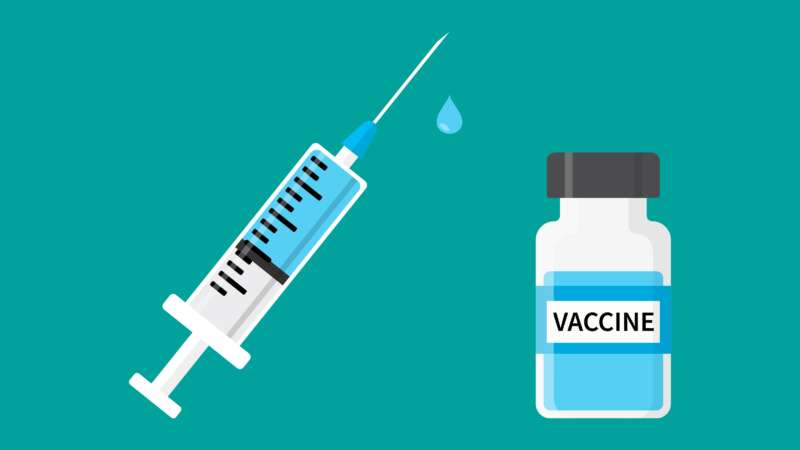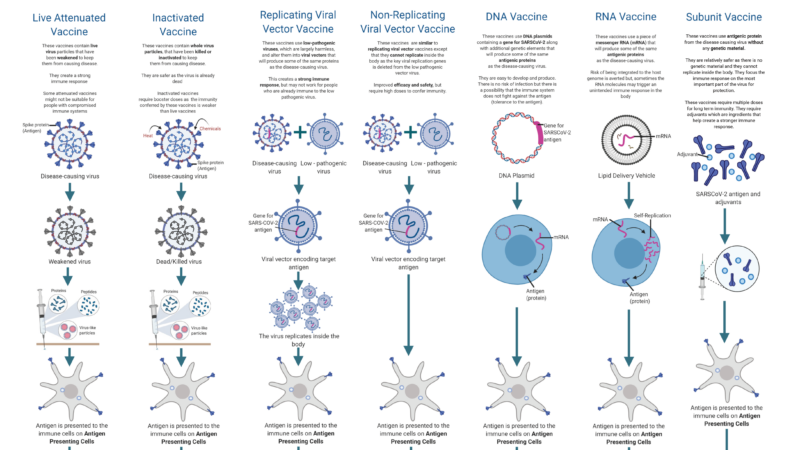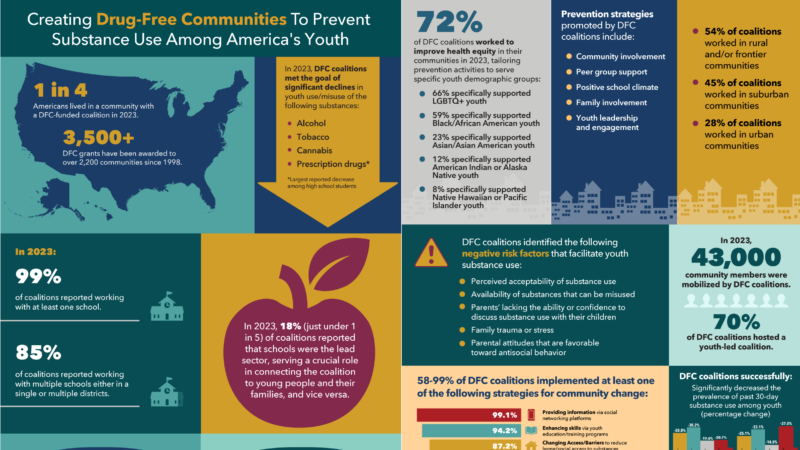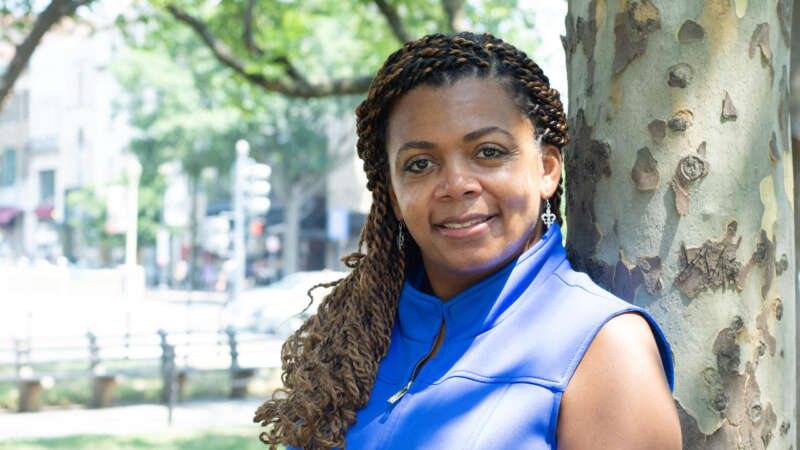In Society
Supercomputer Using AI to Develop Vaccines
A £225m supercomputer is using artificial intelligence (AI) to develop new drugs and vaccines.
When it is fully operational this summer, the Isambard-AI computer in Bristol will be the most powerful supercomputer in the UK.
Last week, Prime Minister Sir Keir Starmer unveiled plans to “unleash AI” across the UK in an effort to boost growth.
Simon McIntosh-Smith, a professor in high-performance computing at Bristol University, said the Isambard-AI meant the UK “genuinely can be competitive with the world”.
A Shining New Age of Vaccines
With vaccines, history repeats itself like music stuck in a loop. On the one hand, advancing technologies create vaccines against a growing list of lethal diseases and conditions. On the other hand, outrageous myths and conspiracy theories compete against science. Familiar and strong emotions run the gamut, from relief when deadly diseases like smallpox are eradicated to anger about perceived dangers to health, governmental overreach and threats to freedom of choice. While religious, commercial, pseudo-scientific and political interests cash in on the confusion, context and meaning are sometimes lost or forgotten. Telling facts apart from misinformation becomes difficult.
Understanding how vaccines are evolving can help better understand both why they are one of medical science’s supreme triumphs and also why the anti-vaccine movement continues to grow and influence so many.
Types of Vaccinations
This infographic from Boston University provides a side-by-side comparison of different types of vaccinations, showcasing their similarities and differences in how they trigger and support the body’s immune response.
Dr. Nora Volkow: The Brain Behind Modern Addiction Research
Dr. Nora Volkow, a distinguished neuroscientist, is an important contributor in the fields of addiction science and mental health research.
Born in Mexico City in 1956, Dr. Volkow demonstrated academic prowess from the start, attending the National University of Mexico’s Medical School, where she was awarded the prestigious Robins Award for being the best medical student of her generation. She attending New York University to further her expertise in psychiatry, earning a Laughlin Fellowship for being one of the ten most outstanding psychiatric residents in the United States.
More Teens than Ever are Overdosing
For years, students in middle and high schools across the country were urged to “just say no” to drugs and alcohol. But it’s no secret that the Drug Abuse Resistance Education (D.A.R.E.) program, which was typically delivered by police officers who urged total abstinence, didn’t work.
A meta-analysis found the program largely ineffective and one study even showed that kids who completed D.A.R.E. were more likely than their peers to take drugs (Ennett, S. T., et al., American Journal of Public Health, Vol. 84, No. 9, 1994; Rosenbaum, D. P., & Hanson, G. S., Journal of Research in Crime and Delinquency, Vol. 35, No. 4, 1998).
“We know that the ‘Just Say No’ campaign doesn’t work. It’s based in pure risks, and that doesn’t resonate with teens,” said developmental psychologist Bonnie Halpern-Felsher, PhD, a professor of pediatrics and founder and executive director of several substance use prevention and intervention curriculums at Stanford University. “There are real and perceived benefits to using drugs, as well as risks, such as coping with stress or liking the ‘high.’ If we only talk about the negatives, we lose our credibility.”
Terrifying Trends in Adolescent Substance Abuse
Globally, an estimated 64 million people were suffering from drug use disorders in 2022, with cases of adolescent substance abuse evident in all regions of the world.
Adolescence describes the phase of life when people transition from childhood to adulthood (ages 10-19). During this period a person experiences rapid biological, cognitive, physiological, and psychological change. It’s also when a person establishes both positive and negative patterns of behavior that can relate to physical activity, diet, sexual activity, and substance use. This vital stage of human development is crucial in building the foundations of good health as these learnt behaviors can continue to influence a person for the rest of their lives. When adolescents are continuously exposed to substances before their brain can fully mature there is a much higher risk of developing a dependency and psychiatric complications.
Creating Drug-Free Communities
The Drug-Free Communities (DFC) Support Program is administered by the White House Office of National Drug Control Policy (ONDCP) and managed by the Centers for Disease Control and Prevention (CDC).
Dr. Joia Crear-Perry: Elevating Voices and Challenging Systemic Racism in Health
Dr. Joia A. Crear-Perry is a prominent physician, policy expert, and a dedicated advocate for social justice, particularly in the realm of maternal and child health. As the founder and president of the National Birth Equity Collaborative, she has committed her career to addressing the deep-rooted issues of racial inequities in healthcare.
Dr. Crear-Perry’s work challenges systemic racism as a fundamental cause of health disparities, making her a sought-after speaker and trainer featured in various national and international media, including Essence and Ms. magazines.
The CDC says maternal mortality rates in the U.S. got better, after a pandemic spike
After spiking in 2021, the maternal mortality rate in the U.S. improved significantly the following year, according to a new report from the Centers for Disease Control and Prevention.
The data shows that 817 women died of maternal causes in the U.S. in 2022, compared to 1,205 in 2021. These are deaths that take place during pregnancy or within 42 days following delivery, according to the World Health Organization, “from any cause related to or aggravated by the pregnancy or its management, but not from accidental or incidental causes.”
“I think that the bump [in 2021] reflects the pandemic and we’re returning to pre-pandemic levels,” says study author Donna Hoyert, who a health scientist at the CDC’s National Center for Health Statistics.
Role of Social Determinants in Maternal and Child Health
About 287,000 women died during and following pregnancy and childbirth in 2020. Around 95% of these maternal deaths occurred in low and lower middle-income countries and nearly every death was preventable. Equally, children under the age of five continue to face differing chances of survival based on where they are born and raised.
A child born in sub-Saharan Africa is 11 times more likely to die in the first month of life than one born in the region of Australia and New Zealand, and a 15-year-old girl in sub-Saharan Africa is 400 times more likely to die in her lifetime due to issues related to childbirth than a 15-year-old girl living in Australia and New Zealand (with the ratio for SSA being 1 in 40, compared to ANZ being 1 in 16,000 women).









